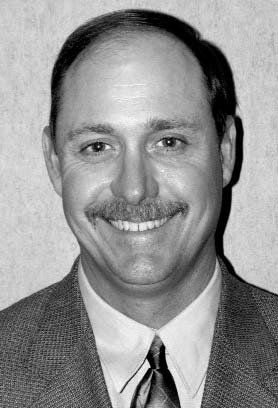All tee boxes will be overseeded with ryegrass this week. This a winter grass that is planted in the fall to give some color during the winter months when everything is dormant (brown). The driving range will be isolated to the mats for the next 2 weeks so that the winter grass has the opportunity to grow in a consistent manner. Once we have mowed the driving range tee, I'll have it opened and ready for everyone the chop it all up.
Thanks for your patience!
Willy Plowman
Golf Course Superintendent
Thursday, October 30, 2014
Leveling Tee Boxe #5
Some of you may have already noticed that the white tee box on hole #5 has been tampered with. The golf course maintenance staff came in and removed the sod from the tee top and then leveled the soil. once all elevation levels were shot and agreed upon the staff then replanted the turf back onto the tee top. The staff will then top dress the tee top heavily with sand so that any gaps will be filled and the level of the tee top becomes a better consistency.
From here; will be moving to #7 blue and white tee box and then to #9 white tee. Once #9 is completed the staff will shift to leveling a few of the LADIES tee boxes. So ladies let me know which ones are bothering y'all.
Thanks
Willy Plowman
Golf Course Superintendent
From here; will be moving to #7 blue and white tee box and then to #9 white tee. Once #9 is completed the staff will shift to leveling a few of the LADIES tee boxes. So ladies let me know which ones are bothering y'all.
Thanks
Willy Plowman
Golf Course Superintendent
Future of golf courses?
Golf Course Turfgrass Reduction:
Environmentally and Strategically Sustainable
Many golf clubs are reducing the amount of regularly maintained turfgrass on a golf course. The golf course superinten-dent and a golf course architect should agree on a plan for keeping the strategic intent of the course intact and ensuring appropriate installation of replacement materials. A survey of members of the American Society of Golf Course Architects (ASGCA) revealed 93 percent of respondents are helping their clients reduce the acreage of maintained turfgrass while pre-serving the course’s strategic intent. Here are some examples:
Lowering Maintenance Costs
Before
The Planning Process: How a Golf Course Architect Can Help
course archi-tect should carefully consider when irrigation system changes need expert oversight.
Subscribe to:
Comments (Atom)
